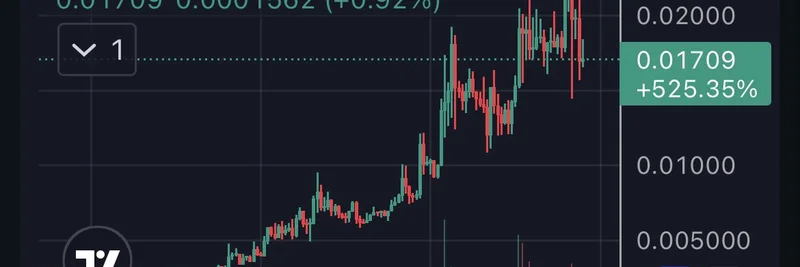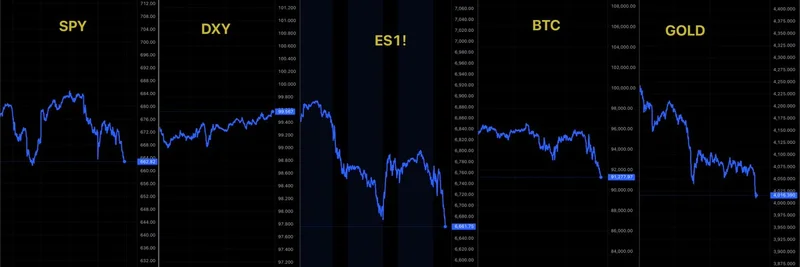In the fast-paced world of prediction markets, where real-world events meet financial speculation, two young innovators have made waves. Eric and Jerry, fresh out of a Big Ten university, turned their passion for trading into a powerhouse automated system on Kalshi, a platform for event contracts. Their story, shared in a recent X thread, highlights how grit, tech savvy, and smart strategies can lead to massive returns—even in emerging markets that echo the volatility of meme tokens.
Eric, with a background in computer engineering and physics, and Jerry, a computer science grad, started as interns at small trading firms in 2024. They bonded over shared interests in trading and began tinkering with tools, initially focusing on poker simulations before shifting to Kalshi. What began as spotting mispricings in weather markets evolved into a full-fledged automated trading bot that delivered a staggering 100x return on investment.
Spotting Opportunities and Building from Scratch
Back in February 2024, the duo noticed glaring inefficiencies in Kalshi's weather markets—things like incorrect temperature brackets or delayed reactions to forecast updates. They started trading manually but quickly learned from their losses, around $1,000, and pivoted to automation. Using Python scripts integrated with the Kalshi API, they created a system for market-making that handled data pulls, automatic orders, and error logging.
They set up shop in a small campus office, later moving to a Chicago Airbnb, and even roped in a friend for data cleaning. Soon, their bot was monitoring dozens of markets simultaneously. As weather markets tightened up in 2025, they expanded into sports and entertainment, like March Madness props, NBA playoffs, and even Oscars speech analyses.
The Tech Stack Behind the Success
Their system wasn't just basic scripts; it was a robust setup drawing from diverse data sources. For weather, they pulled from the National Weather Service, airport sensors, and forecast models like GFS and ECMWF. They also accounted for local anomalies. When branching out, they incorporated sports stats and event data, such as Oscars buzz and transcripts.
The automation included:
- Python bots for API connections and order execution
- Dashboards tracking over 100 markets daily
- An error review system (after one bug cost them $20k)
- Risk rules to halt operations on suspicious data
- Real-time price updates every few seconds
They even gleaned tips from the Kalshi Discord, like an API PDF from user Bumbling Bayesian. This tech-forward approach mirrors the automation tools used in blockchain and meme token trading, where speed and data integration can make or break profits.
Real-World Wins: From Weather Spikes to Golf Drama
The proof is in the trades. During a Thanksgiving weather anomaly in November 2024, unusual temperature rises in Austin and Chicago caught their eye. They snagged cheap long-shot contracts, monitored sensors for 12 hours, and cashed in $24,000 when the events hit.
In April 2025, amid the Masters Golf Tournament playoff frenzy—where $1M traded in minutes—their bot exploited mispricings between Rory McIlroy and his opponent, netting another $23,000.
Keys to Their 100x ROI and Lessons for Meme Traders
What propelled them to 100x ROI? It boiled down to exploiting early inefficiencies, full automation, rapid scaling from dorm setups to professional rigs, quick error fixes, and timely expansion into new markets. Starting as students with basic scripts, they've built one of Kalshi's most efficient systems.
For those in the meme token space, this tale offers parallels: prediction markets like Kalshi share the hype and volatility of memes, especially with talks of potential tokens and airdrops. As one reply in the thread notes, high-volume traders like Eric and Jerry could score big if Kalshi launches a token. It's a reminder that in crypto and beyond, combining tech with market insight can turn small ideas into empires.
Whether you're dabbling in meme coins or eyeing prediction platforms, stories like this show the power of automation in navigating uncertain markets. Dive into Kalshi yourself and see if you can spot the next big inefficiency.




